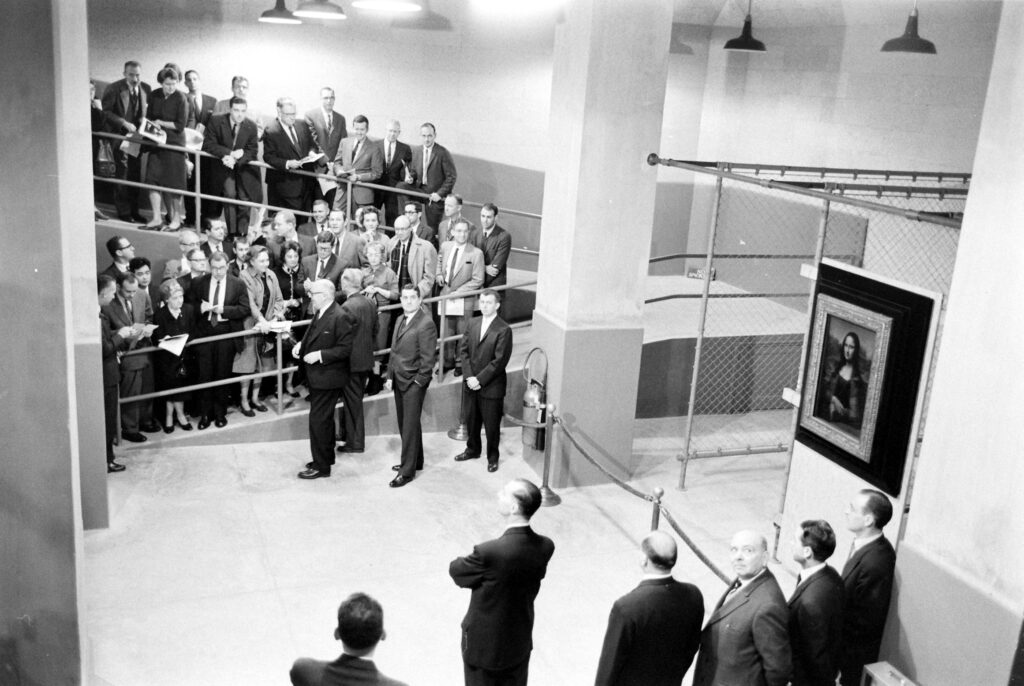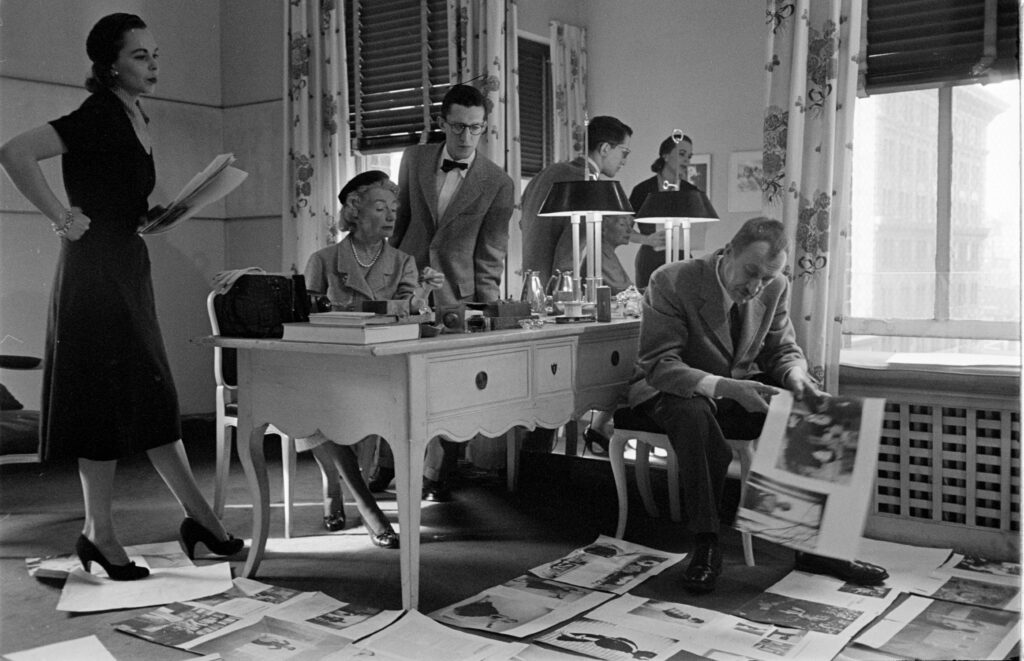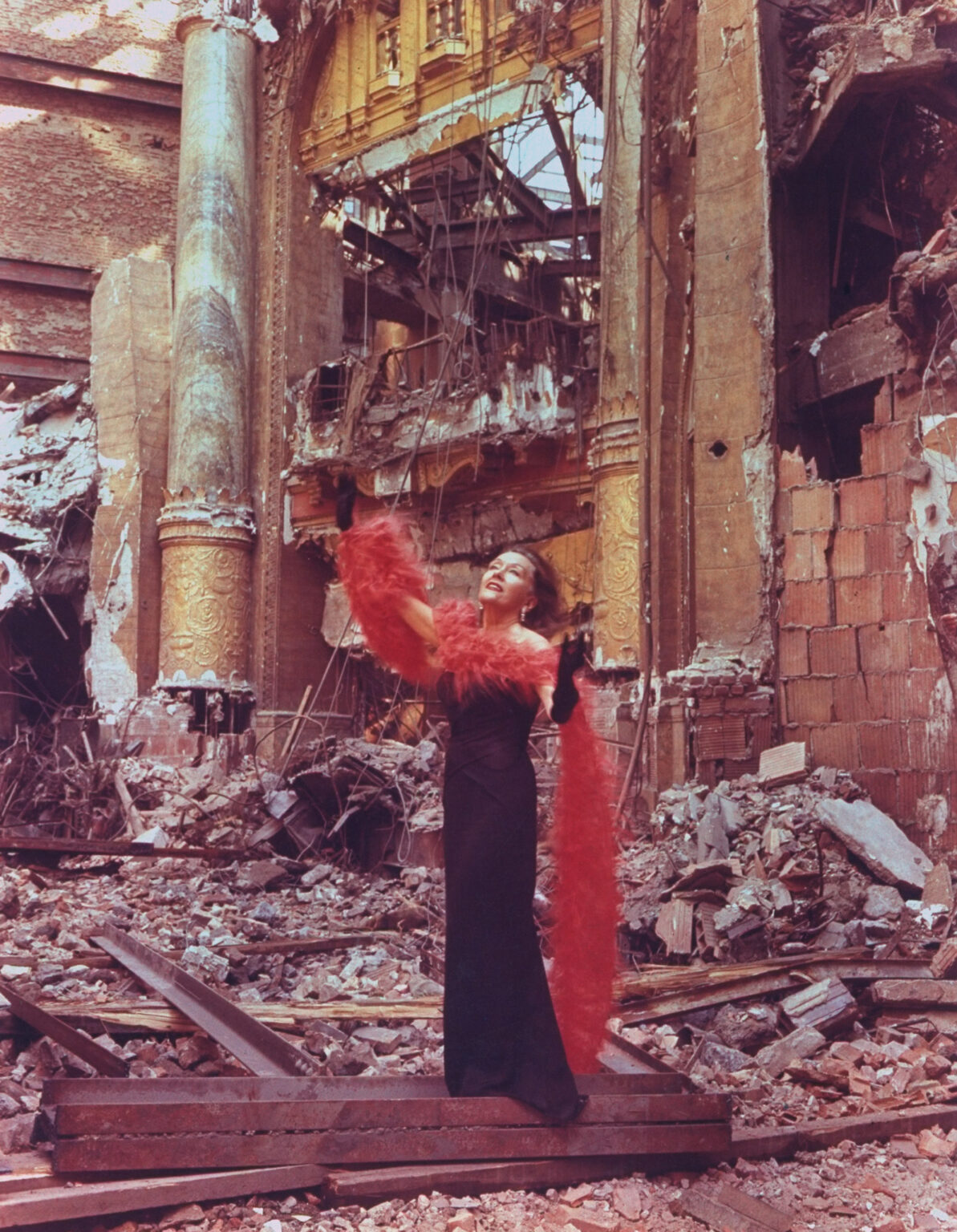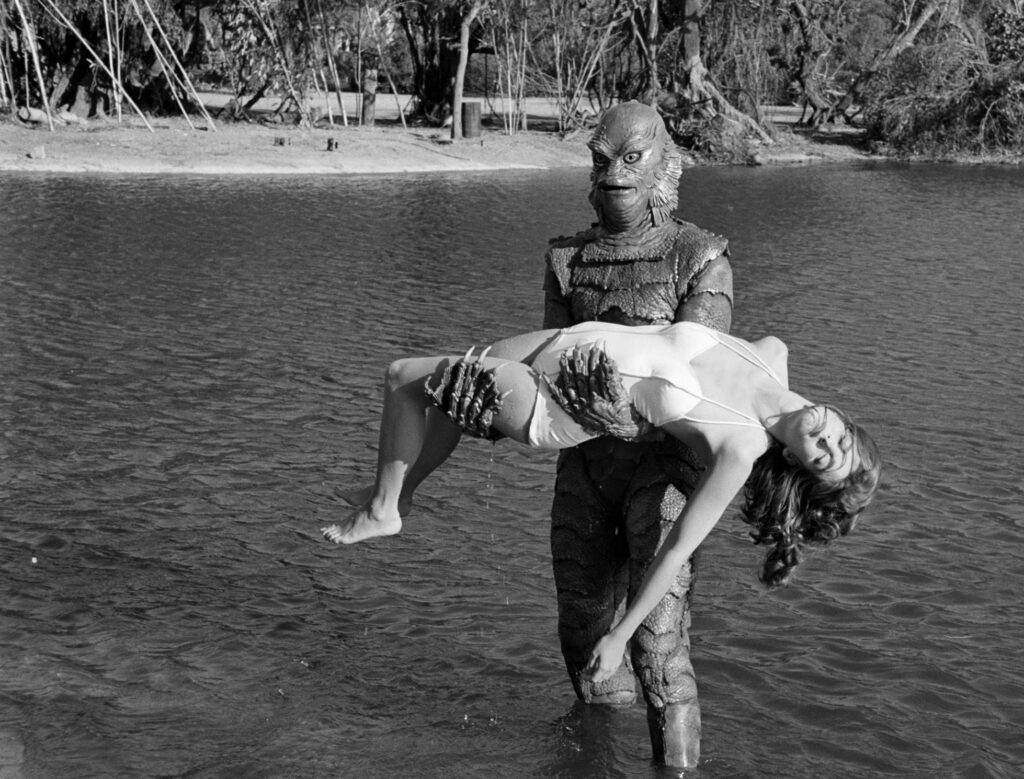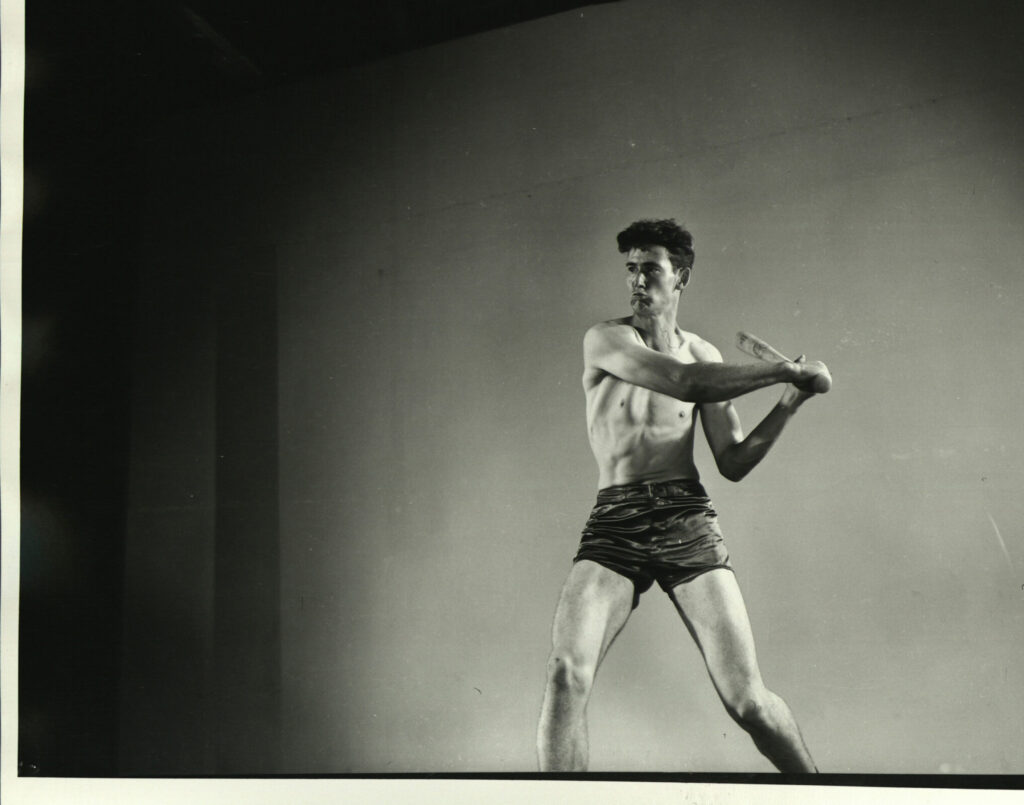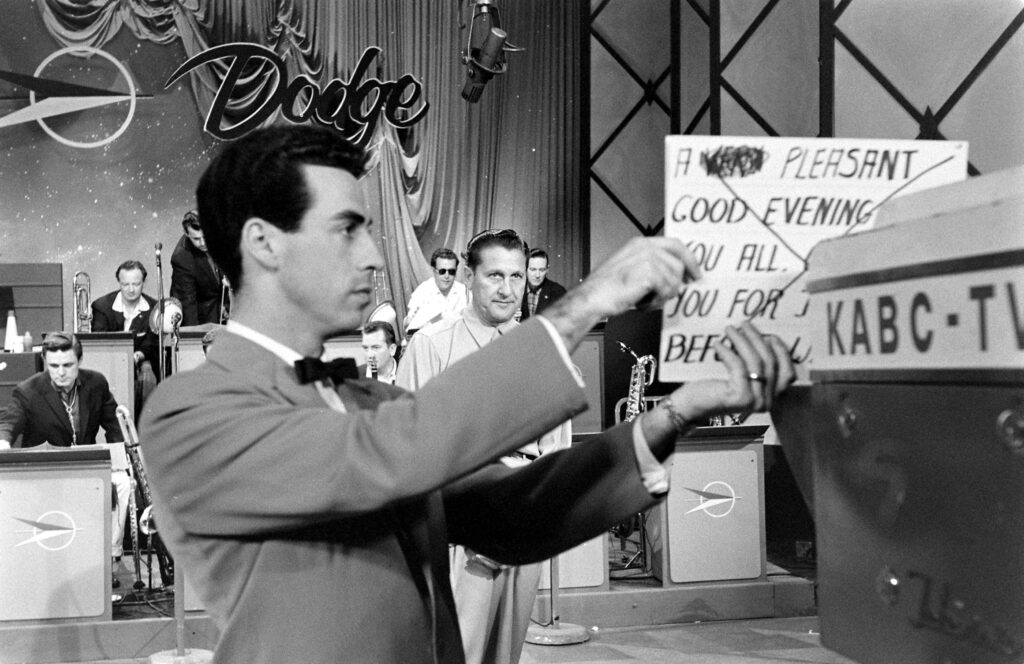In August 1961, LIFE magazine published an ambitious, 10-page tribute to the American Northwest with the dramatic title: “Where God Sat When He Made America.” The title of the article, LIFE claimed, was inspired by a phrase uttered by an awe-struck visitor to Glacier National Park. Now, there’s nothing unusual, cheesy or suspect about the deep emotions that grand vistas can inspire in most anyone. Teddy Roosevelt, after all, reportedly wept upon first seeing Yosemite Valley.
And we can say this about the brilliant color photographs in this gallery, shot by long-time LIFE staffer J.R. Eyerman: they’re wonderful.
When he was a boy, Eyerman took thousands of pictures in Yellowstone, Glacier and other national parks while traveling and camping with his dad. Decades later, the professional photographer spent weeks in late 1960 traveling throughout Oregon, Idaho, Montana, Washington, and even as far south as San Francisco for the magazine’s tribute to “the stunning majesty of the Northwest.”
We hope you enjoy the view.

A scene from a road trip through the American Northwest, 1960.
J.R. Eyerman The LIFE Picture Collection/Shutterstock

A scene from a road trip through the American Northwest, 1960.
J.R. Eyerman The LIFE Picture Collection/Shutterstock

A scene from a road trip through the American Northwest, 1960.
J.R. Eyerman The LIFE Picture Collection/Shutterstock

Yosemite Valley, 1960.
J.R. Eyerman The LIFE Picture Collection/Shutterstock

A scene from a road trip through the American Northwest, 1960.
J.R. Eyerman The LIFE Picture Collection/Shutterstock

Golden Gate Bridge, 1960.
J.R. Eyerman The LIFE Picture Collection/Shutterstock

A scene from a road trip through the American Northwest, 1960.
J.R. Eyerman The LIFE Picture Collection/Shutterstock

A scene from a road trip through the American Northwest, 1960.
J.R. Eyerman The LIFE Picture Collection/Shutterstock

At Yosemite National Park, four bucks gathered to drink at the edge of the Merced Rover under the rock formations of El Capitan (far left) and North Dome (center, right).
J.R. Eyerman The LIFE Picture Collection/Shutterstock

A scene from a road trip through the American Northwest, 1960.
J.R. Eyerman The LIFE Picture Collection/Shutterstock

A scene from a road trip through the American Northwest, 1960.
J.R. Eyerman The LIFE Picture Collection/Shutterstock

A scene from a road trip through the American Northwest, 1960.
J.R. Eyerman The LIFE Picture Collection/Shutterstock

A scene from a road trip through the American Northwest, 1960.
J.R. Eyerman The LIFE Picture Collection/Shutterstock

A scene from a road trip through the American Northwest, 1960.
J.R. Eyerman The LIFE Picture Collection/Shutterstock

A scene from a road trip through the American Northwest, 1960.
J.R. Eyerman The LIFE Picture Collection/Shutterstock

he Grand Coulee Dam in Washington intercepted the Columbia River and sent its waters rushing down the 1,650-foot-wide spillway.
J.R. Eyerman The LIFE Picture Collection/Shutterstock

The Northwest’s Pacific coast, 1960.
J.R. Eyerman The LIFE Picture Collection/Shutterstock

A scene from a road trip through the American Northwest, 1960.
J.R. Eyerman The LIFE Picture Collection/Shutterstock

Roadside picnic, fall 1960.
J.R. Eyerman The LIFE Picture Collection/Shutterstock

A scene from a road trip through the American Northwest, 1960.
J.R. Eyerman The LIFE Picture Collection/Shutterstock

Driving through the famed Wawona Tree (est. 2,300 years old), Mariposa Grove, Yosemite National Park, 1960. The tree fell in 1969.
J.R. Eyerman The LIFE Picture Collection/Shutterstock

A scene from a road trip through the American Northwest, 1960.
J.R. Eyerman The LIFE Picture Collection/Shutterstock




























































































